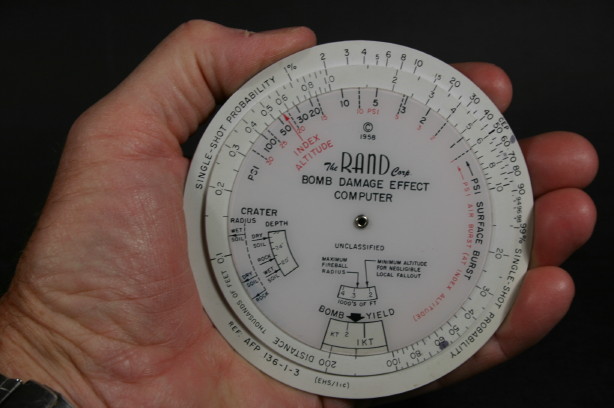As planning for terrorism becomes a part of daily life in the Western World, a growing number of disaster experts are calling for a dramatic reassessment in the way the nation plans for emergencies.
The problem, they argue, is that the current top-down approach views the public as a problem to be managed rather than an asset to be utilized. Officials don’t take into account people’s natural willingness to help or address their most basic needs — like concern about the safety of their spouses and kids.
This upstart group of sociologists, physicians, and terrorism experts contends that the use of ordinary citizens during a large-scale emergency could save hundreds if not thousands of lives. And they are determined to ensure the public is properly prepared before the next catastrophic event.
“It’s critical that we readjust our thinking. If you look at the 9/11 commission report they talked about first responders versus what they called ‘civilians,’ as if all of the civilians did was just stand at the sidelines,” says Kathleen Tierney, the director of the Natural Hazards Center at the University of Colorado in Boulder. “That is so radically at variance with what actually happened that day.”
— snip —
A major study done by the Center for the Advancement of Collaborative Strategies in Health at the New York Academy of Medicine found what many experts call an alarming disconnect between those official plans and the needs of the public. Researchers did an extensive review of the current plans to deal with a dirtybomb explosion and a smallpox attack at an airport. Then they did in-depth interviews with citizens at 14 different locations around the country, and a national telephone survey to find out how people would actually react.
In the case of a smallpox outbreak, they found the official plans expect everyone to go to a vaccination site. But the study found that only 40 percent of the public would actually go. The reasons are twofold: 40 percent of the people surveyed said they basically didn’t trust their government in such a case, and 60 percent were concerned about impact of the vaccine. That’s twice as many as were worried about catching the virus.
The official plans have another vulnerability. Currently, medical experts estimate that 50 million people are at risk of developing life-threatening complications if they get the smallpox vaccine. In the case of an outbreak, the official plans expect even those people to go to public vaccination sites which could unnecessarily put them at risk.
And in the case of a dirty bomb, the study found only 60 percent would “shelter in place” for as long as officials tell them to, primarily because they’d be worried about their families. On the upside, the study found that if people knew that their workplaces were organized and safe, and their children’s schools were safe and prepared, and that they could communicate with family members, they’d be much more likely to follow official instructions.
“Because we haven’t looked at these issues from the perspective of the public, we’re missing some very important information in developing strategies that would work best for them and also would be much more effective in terms of protecting people,” says Roz Lasker, the study’s principal researcher. “There’s been no planning that starts with asking, ‘What would make you feel safe?’”
That’s why researchers contend it’s crucial to involve whole communities in disaster planning from the start.
“If we really truly want to prepare for a disaster, we need to do it on a local level, where local means down to the level of the workplace and the level of schools,” says Lee Clarke, a disaster planning expert at Rutgers University In New Jersey. “Too many of the usual ways of looking at disaster planning looks at command and control, as if we’re all children and we need the generals to organize us otherwise the world will fall apart.”
Via Jonas Landgren
Information Technology and Emergency Response Reflections Comments Thinking Speculations In Swedish and English





